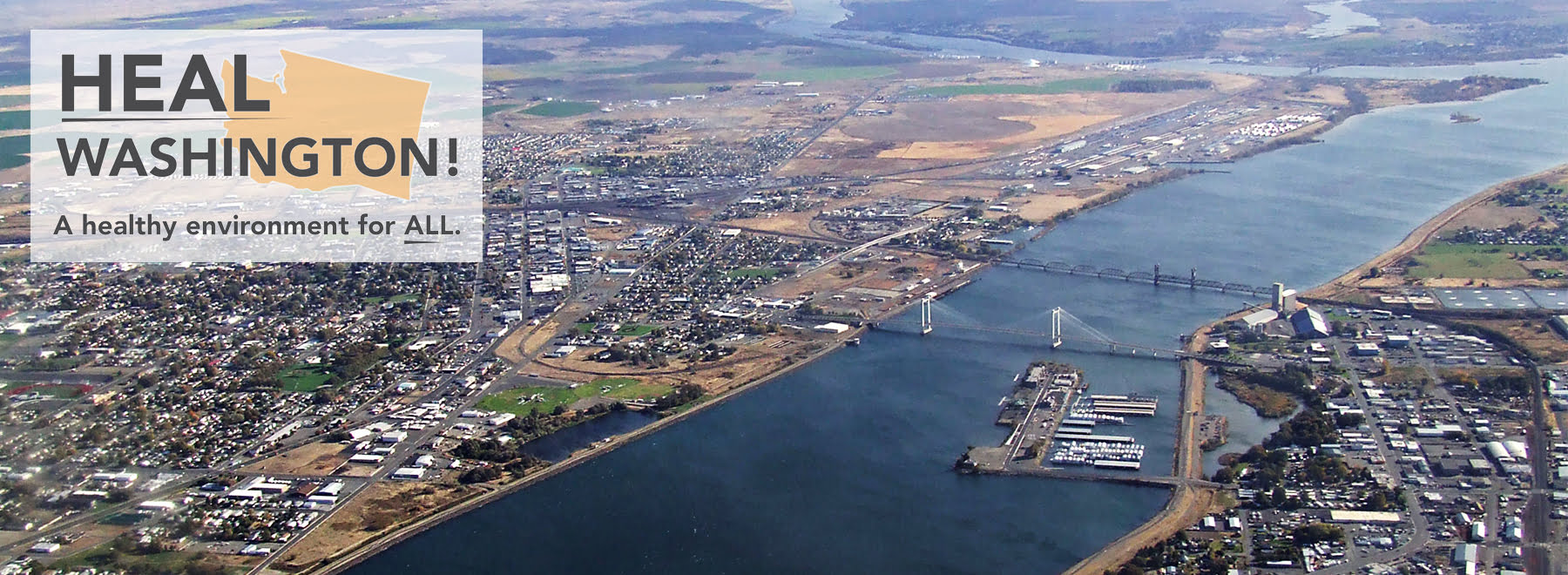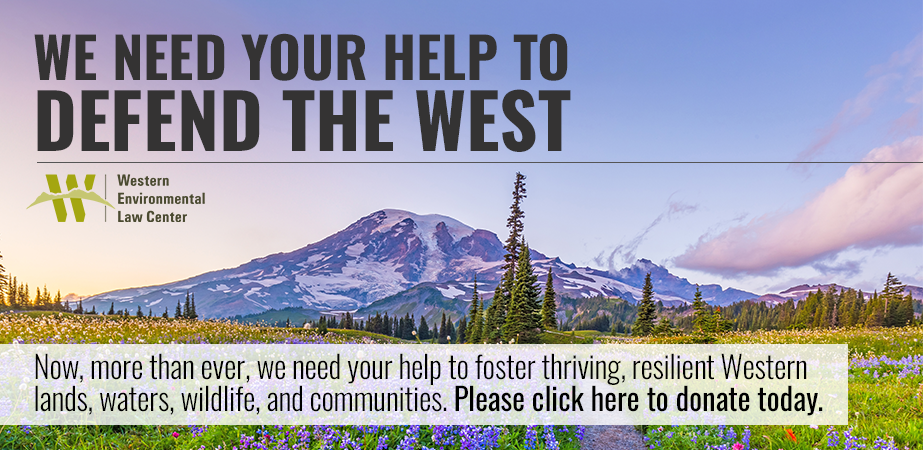
Washington State’s Healthy Environment for All (HEAL) Act
Washington state’s passage of the Healthy Environment for All (HEAL) Act represents the end of a multi-year effort by advocates, including Front & Centered, to instill environmental justice analysis into governmental policy and decision-making.
What Does the HEAL Act Do?
The passage of this Act out of the legislature (assuming the governor signs it) is an early but potentially important step towards the realization of environmental justice in Washington state.
The HEAL Act applies to a subset of Washington state agencies: The Department of Ecology, Department of Health, the Departments of Natural Resources, Commerce, Transportation and the Puget Sound Partnership. Other agencies can opt in to coverage. The bill sets out a number of mandatory actions the agencies must state to embed environmental justice considerations into policy and practice. Some of these specific actions are as follows:
- By January 1, 2023, include an environmental justice implementation plan into agency strategic plans.
- By July 1, 2022, adopt plans for engaging overburdened communities and vulnerable populations.
- July 1, 2023 and thereafter: conduct an environmental justice assessment for any significant agency action. (These assessments provide the most obvious avenue for litigation, see below).
- By July 1, 2023 identify and publish decision-making processes relative to incorporating environmental justice consideration into budgeting, expenditures and granting or withholding environmental benefits.
- By September 1, 2024 and thereafter: Each agency must publish a dashboard report of progress under the Act.
- Now and ongoing develop consultation frameworks with federally recognized Tribal governments to communication and collaboration on the mandated actions under the Act.
- The DOH must maintain and develop the Environmental Health Disparities Map.
Environmental Justice Council
The Act directs the governor to appoint 14 individuals to an Environmental Justice Council to start meeting on January 1, 2022: seven community representatives, including one youth representative, two members representing Tribal communities, two environmental justice experts active as practitioners or academics, one representative of business, and one representative for unions.
The council, along with the Interagency Work Group, must create guidance for agency development of environmental justice policy and approaches.
- Agencies must consider this guidance during their actions under this Act.
- The council must provide regular forums for the public input.
- By September 1 of each year agencies must update the council on progress on the mandated actions.
- November 30, 2023: The council must report to the governor and legislature on agency progress.
Environmental Justice Assessments
While the Act requires the agencies to introduce environmental justice at numerous cultural and policy points, only the environmental justice assessments may be appealed, provided they are linked to appealable agency actions. These assessments are similar to the SEPA and NEPA requirements for information gathering, analysis, consideration and transparency. Because WELC attorneys have experience litigating these statutes, this mandated action seems an important place to support environmental justice advocates as they work to shape agency action or to provide advocacy for legal action when the agency fails.
Important Points Along the HEAL Act’s Journey
- 2017: Front & Centered conducts listening sessions across the state with communities of color, low-income households, immigrants, refugees and linguistically isolated groups with the goal of identifying and prioritizing community driven solutions, and developing and advocating for equitable strategies.
- 2017-2019: Front & Centered, the University of Washington Department of Environmental and Occupational Health Sciences, the Washington state Department of Health (DOH), the Department of Ecology (DOE) and the Puget Sound Clean Air Agency collaborate to develop a map of Washington state reflecting environmental health disparities, the Washington State Environmental Health Disparities Map.
- 2019-2020: Initial versions, introduced in each house by Rebecca Saldaña and Rep. Kristine Reeves pass in respective houses, but the legislature does not pass the bill. The biennial operating budget directs the Governor’s Interagency Council on Health staff to convene the Environmental Justice Task Force (EJTF).
- 2019-2020: The EJTF meets, takes input, and produces its Report to the Washington State Governor and Legislature.
- 2020-2021: The HEAL Act is introduced in the Senate and passes the legislature.

